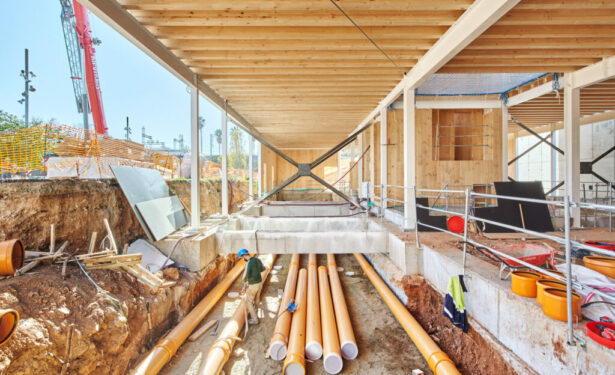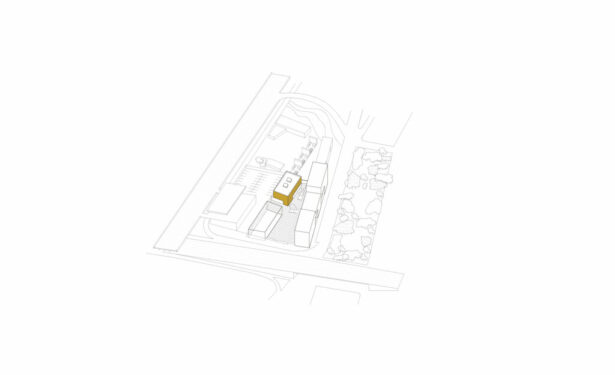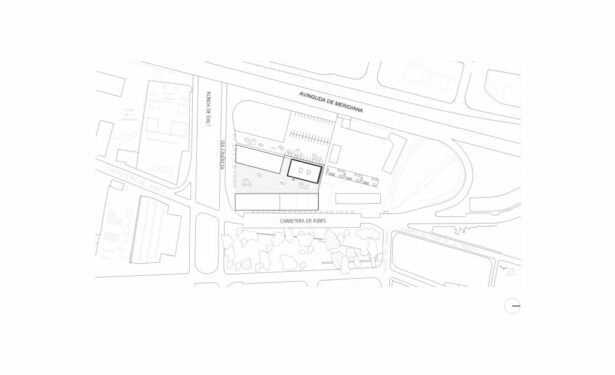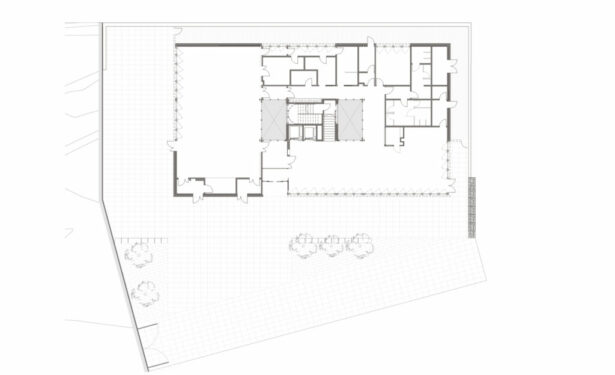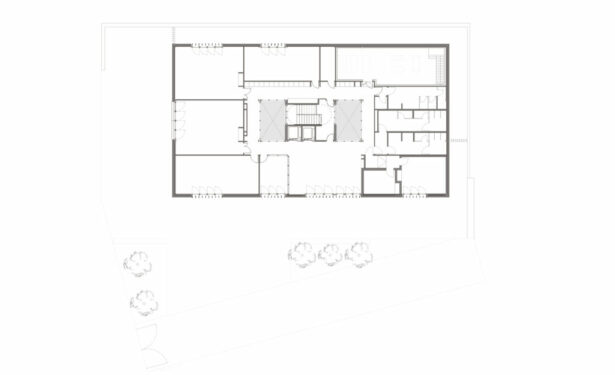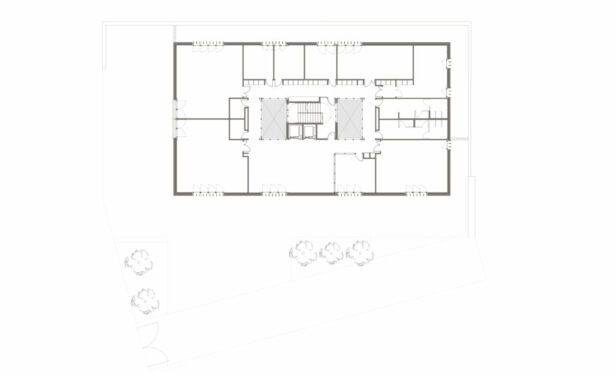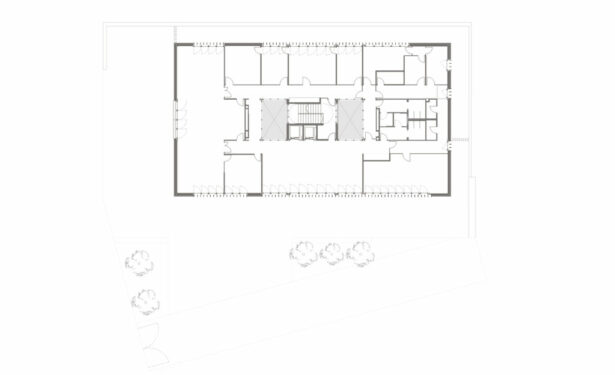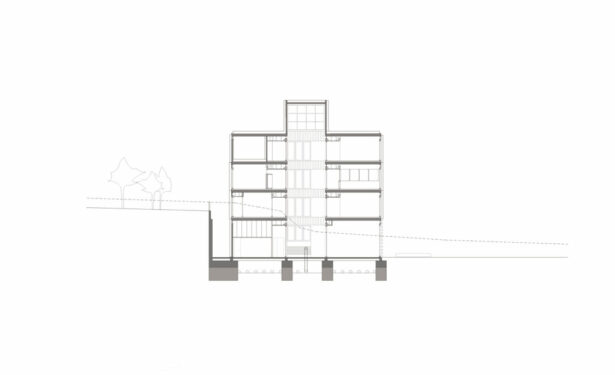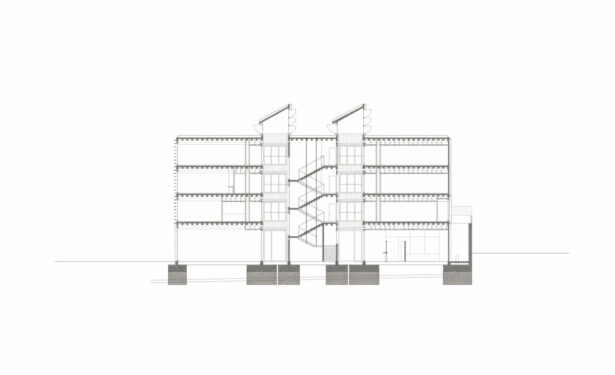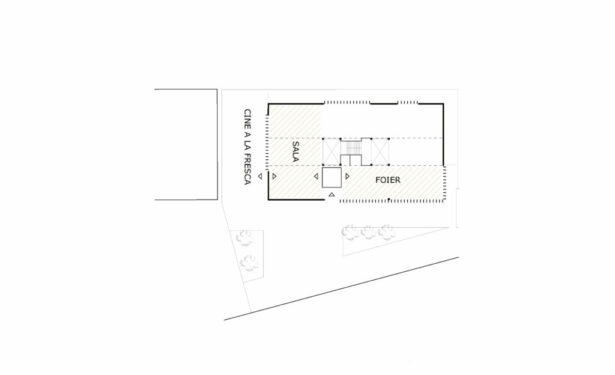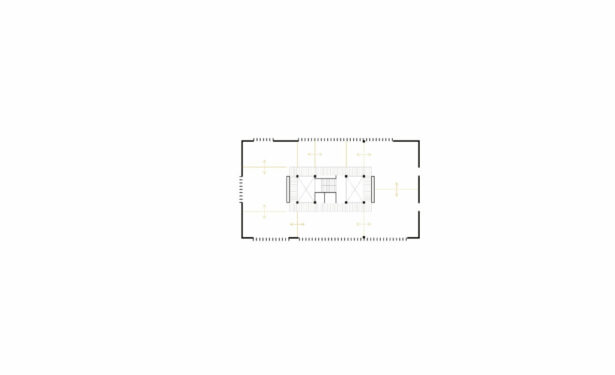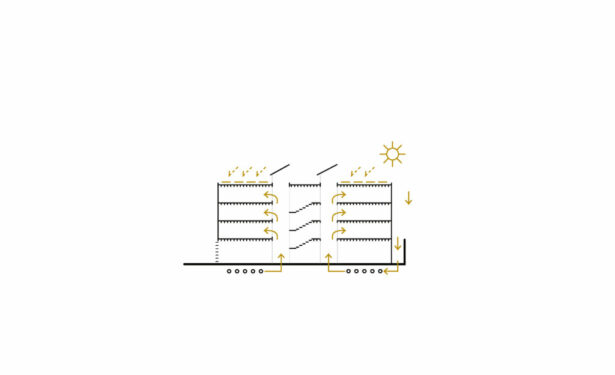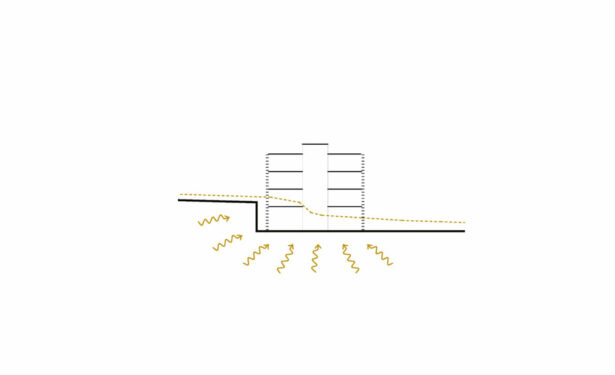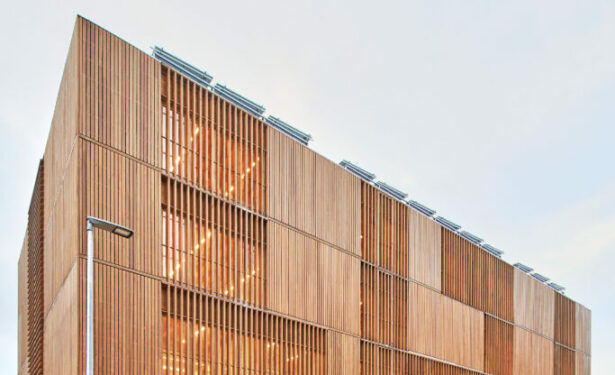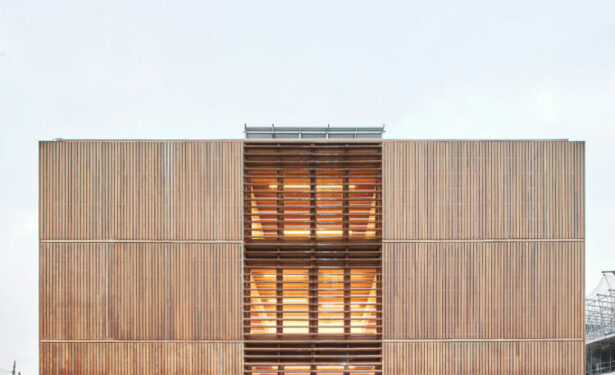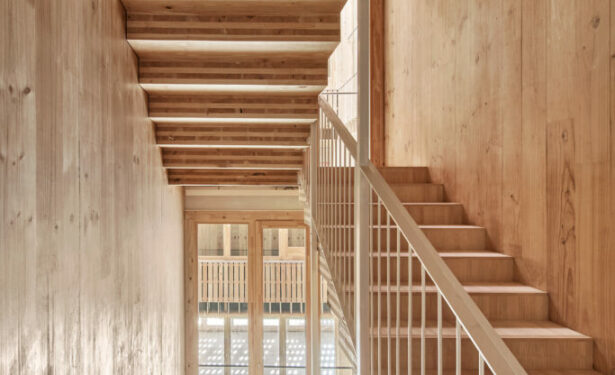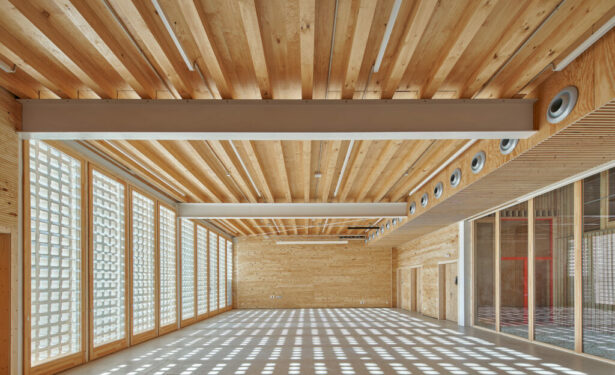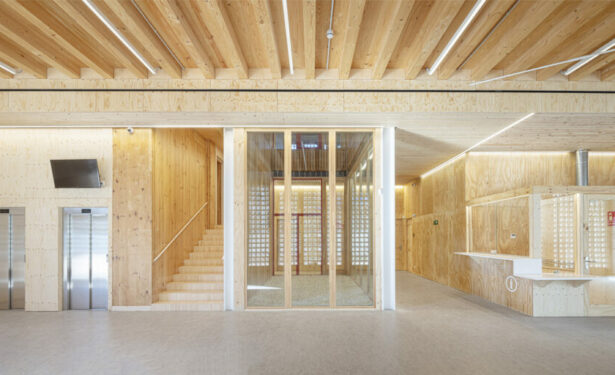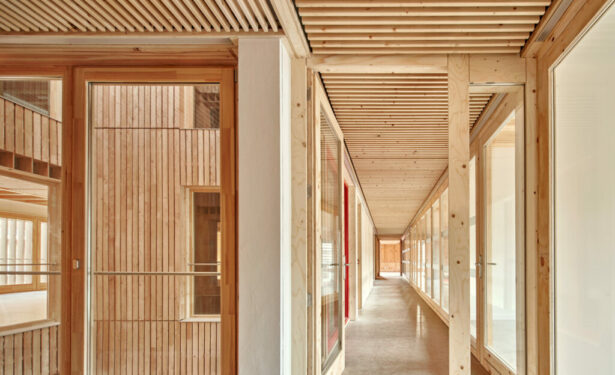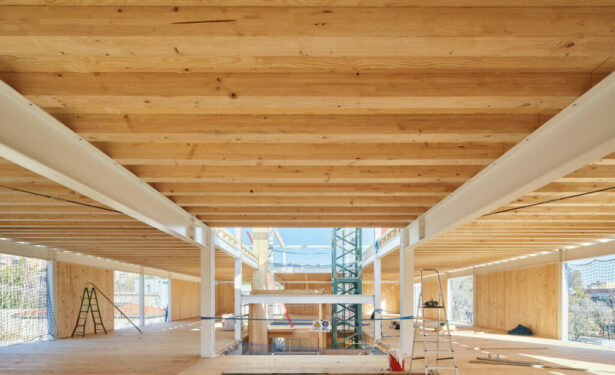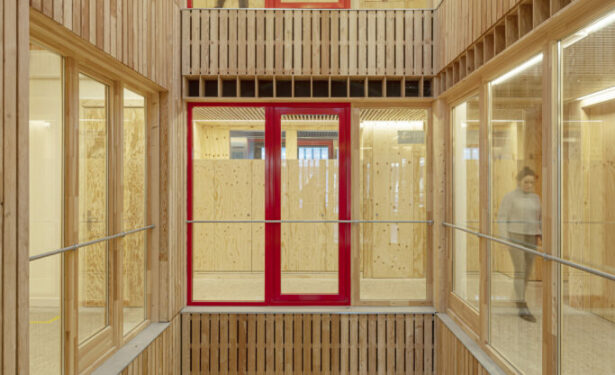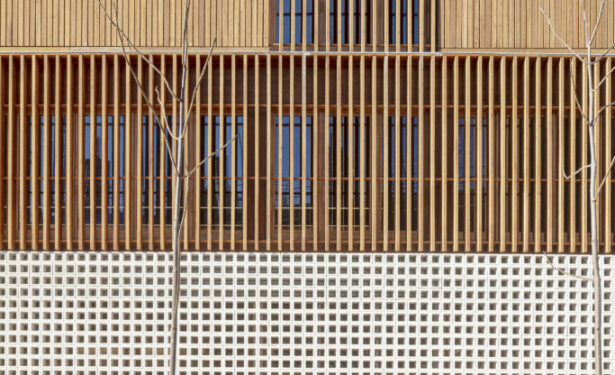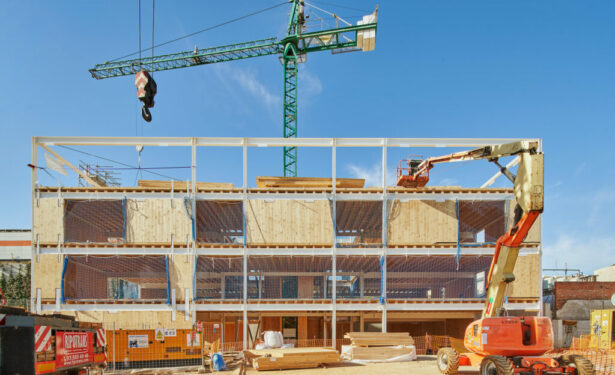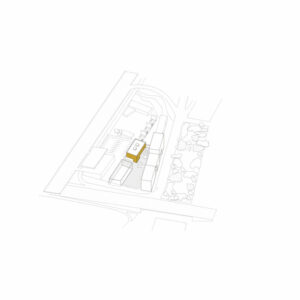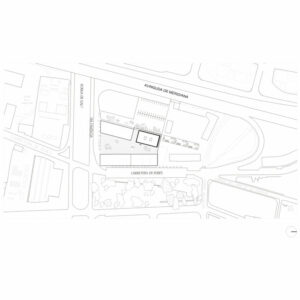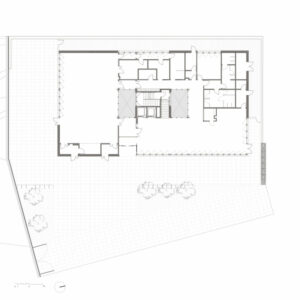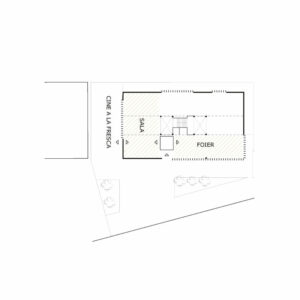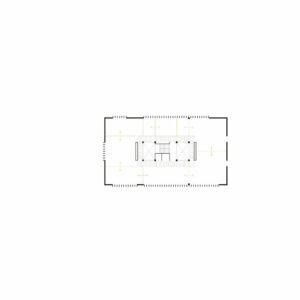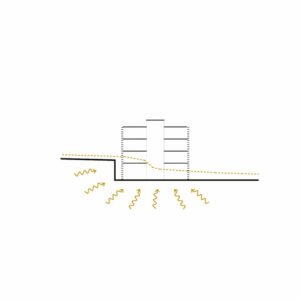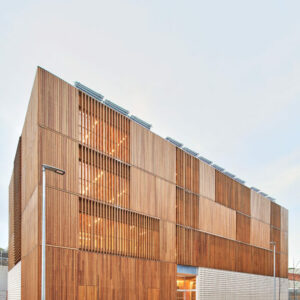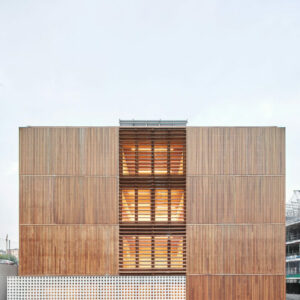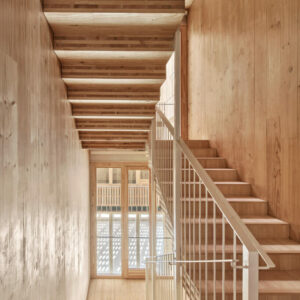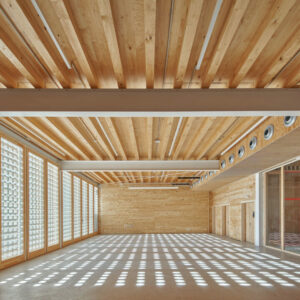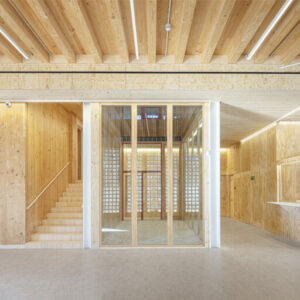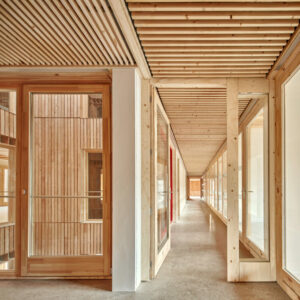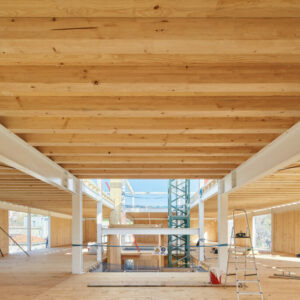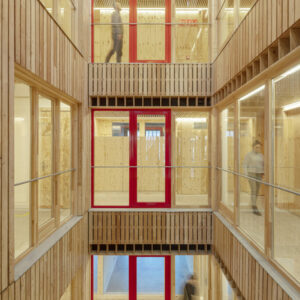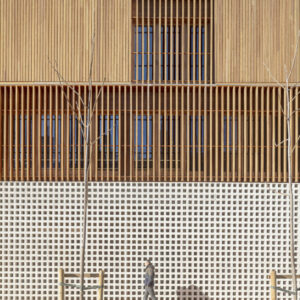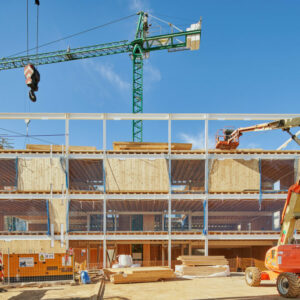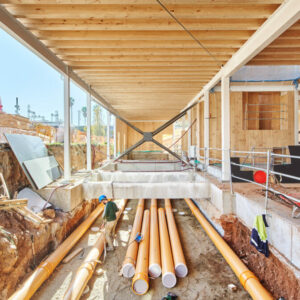
- 1 December 2022
- 6182 defa okundu.
The Centre for Community Life in Trinitat Vella
The Centre for Community Life in Barcelona’s Trinitat Vella district is a pioneering project in the management of local social policy. It houses various social services and bodies, including a Women’s Information and Attention Point, and aims to become a neighbourhood meeting space that is warm and welcoming thanks to the use of wood in its construction.
The Centre for Community Life in Trinitat Vella, situated at one of the entrances to the city of Barcelona, is the new multifunctional complex in the neighbourhood. This public building is the result of an innovative proposal designed with a collaborative spirit to allow local people and social agents in the neighbourhood to express themselves. The new space will form part of a community facility hub for the districts of Sant Andreu and Nou Barris to be built in the coming years, which will also include community housing and homes for young people and the elderly. The project is the work of the architects Manuel Sánchez-Villanueva and Carol Beuter of Haz Arquitectura, a studio with extensive experience in the construction of public and private facilities in the health, cultural and social sectors, as well as offices and sports amenities.
As this is the first building in the future complex, to avoid creating a major contrast with upcoming projects Haz Arquitectura has opted for a simple, abstract outer design that opens up to a future plaza that will link the various facilities. The brief is laid out around two covered courtyards located to either side of the circulation shaft that ensure light and ventilation throughout the building. Inside, the ground floor houses the reception, the canteen and a large entrance that acts as a foyer for the assembly hall and can host exhibitions and other activities. On the first floor is a Women’s Information and Attention Point and other social services. On the rest of the floors—there is a total of four—offices and spaces for local bodies and associations are laid out around a central shaft.
A building that minimizes its carbon footprint
The most used material in the construction of the centre is wood. The architects made this decision for various reasons. Firstly, given the rather hostile location of the new facility—on the city’s outskirts near one of its busiest traffic hubs—they considered that the comfort transmitted and provided by wood would give the volume warmth. In addition, they took into account the fact that in terms of energy, it would combat the environmental impact of its carbon footprint, since wood enables the building to absorb CO2 throughout its useful life.
A completely dry construction method was used. A metal framework of girders and pillars was erected, working in collaboration with a load- bearing system of radiata pine cross-laminated wood panels and ceilings that brace and give stability to the whole. The interior claddings are limited to areas of plywood skirting to enable the passage of electrical and data connections, and otherwise the interiors are the bare CLT structure and the metal framework with fire-resistant paint.
